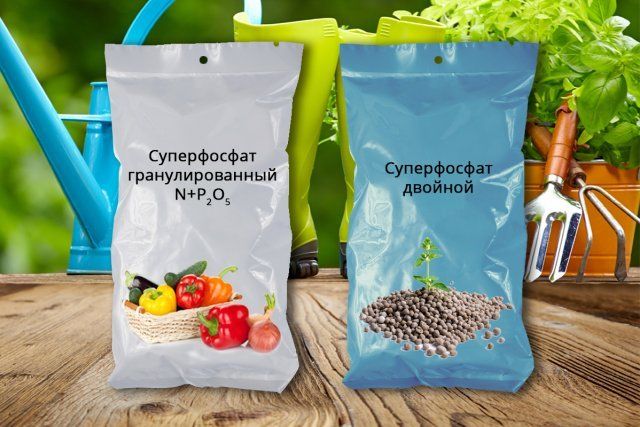 Superphosphate is a mineral fertilizer that is obtained by the decomposition of natural phosphates. These fertilizers are obtained during the mineralization of animal skeletons, and tomosclags. This is a powdery or granular product having a gray color with various shades from white to gray.
Superphosphate is a mineral fertilizer that is obtained by the decomposition of natural phosphates. These fertilizers are obtained during the mineralization of animal skeletons, and tomosclags. This is a powdery or granular product having a gray color with various shades from white to gray.
As the name implies, phosphorus is the main component of this fertilizer. All plants need the obligatory presence of this mineral in the soil, and since it contains no more than 1% in the soil, it is vital for plants.
Content
Description
This mineral fertilizer affects all plants in several directions. The first link is the improvement of metabolism, as a result of which the yield level will increase. The second link is the improvement of the quality of the entire crop, due to the impact on the root system, as well as due to the improvement of the development and flowering process. In addition to all of the above, this product will help your plants get rid of many different diseases and slow down the aging of plants. This product is used in agriculture as fertilizers for almost all plant crops on all types of soils.
Binary superphosphate is a highly concentrated water-soluble phosphorus fertilizer. It contains about 42-46% of phosphorus, which is located in a form that is easily absorbed by all plants. In addition to the above, the composition also contains calcium sulfate, monomagnesium phosphate, aluminum phosphate, iron phosphate. Compared to other species, there is a difference solely in the high phosphorus content, which is easily absorbed. This fertilizer is used for all types and types of plants and soils. The composition of this mineral fertilizer has a small amount of ballast substances, which in turn helps to apply it with economic benefit. This type of agricultural fertilizer is introduced in early spring before planting crops.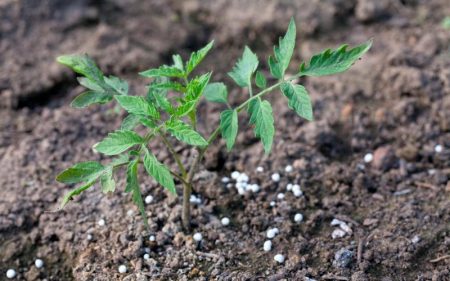
Superphosphate contains a large number of components. The most important component is phosphorus. It accounts for approximately 20-50% of the total composition. This element is often in the form of free phosphoric acid or in the form of monocalcium phosphate. Calcium salts of phosphoric acid are mixed with gypsum. In addition to all this, salts of molybdenum, potassium permanganate, boron, and other trace elements are added. In addition to the above, in the composition you can also find other trace elements, such as magnesium, potassium, calcium, sulfur. Depending on the type of fertilizer, it will contain a different amount of chemical trace elements. The initial mineral is created by the natural processes of mineralization of the bone composition of dead animals.
The double superphosphate contains the same phosphorus-containing elements, but in different proportions. Outwardly, it is no different from simple superphosphate, but in this type of fertilizer there is twice as much phosphorus, here it is 45-55%. Another difference is that it does not have gypsum in its content. The nitrogen content varies approximately in the range of 14-18%. There is also about 6% sulfur. It has good friability, low hygroscopicity.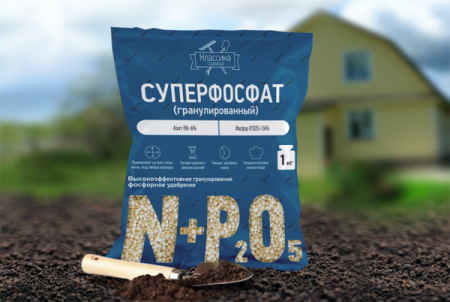
All gardeners or agricultural workers are very fond of feeding agricultural plants with watering.But fertilizers containing phosphorus are poorly soluble in water, or rather practically insoluble. To change the aggregate state of fertilizer, it is necessary to increase the temperature of the water, which we directly dissolve the product. Two main methods are known - this is pouring granules or powder with boiling water, or the location of a vessel with a solution in a warm place, in the summer, for example, can be put in the sun. High temperatures are not able to lower the beneficial properties of the product. To create a highly concentrated solution, you need to take 300 grams of fertilizer (this is about 30 tablespoons) and pour 3 liters of water. To grind and dissolve the granules or powder, you need to periodically stir the solution. Shake or mix the solution immediately before watering. In spring, about 20 mg of nitrogenous fertilizer or about 500 mg of wood ash can be added to it.
Today, both professionals and agricultural enthusiasts can purchase many agrochemicals. In connection with the expansion of the use of fertilizers for the soil, several types of superphosphates have been developed, which are listed below:
- Simple or monophosphate is a slightly concentrated water-soluble fertilizer that can be produced both in the form of powders and in the form of gray granules. Humidity in the place of its storage should not exceed 50%. Use and apply it to any type of soil. Improves the growth of crops that require high sulfur consumption. Compared to new types of fertilizers, it has reduced efficiency, but still found great popularity among people, as it is the cheapest. In industrial agriculture, it is used to fertilize potatoes, legumes, beets, carrots, cereals and so on. And also found its application for the enrichment of compost pits or plant feeding. It has the best solubility in water compared to subsequent species.
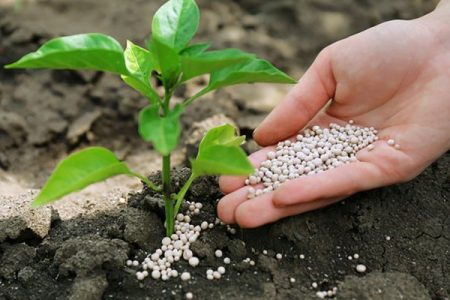
- Granular Superphosphate. This type is obtained using the process of moistening, pressing fractions and rolling into granules by industrial methods. This method exists for ease of use and storage. It has a longer action compared to other species. It has low hygroscopicity, does not cake, is explosive and non-combustible. The composition has about 50% phosphorus, and about 30% calcium sulfate. It is used mainly for presowing fertilizers of the soil and as the main fertilizing.
- Double superphosphate. It contains the same phosphorus-containing components, but in a different proportion. There are almost three times more phosphorus. Poor transitions to a liquid state of aggregation. It has one major advantage over other species. It lies in the fact that in this type of fertilizer there is a small amount of ballast, which allows to reduce the costs of consumers for transportation, storage and packaging. It is used for the application of various types of plant crops and various soils.
- Ammonized superphosphate. This species has up to 55% potassium sulfate and about 12% sulfur. It is very soluble in water and easy to use. They use it mainly for feeding cruciferous and oilseed crops, which have a great need for sulfur.
Also, for the cultivation of certain plant crops, other types of this fertilizer can be used, such as those that have a high content of molybdenum, boron, and magnesia.
Instructions for use
To get the best and maximum effect from feeding plant crops, it is necessary to understand and follow all the principles of interaction and the ratio of components for each crop. Detailed instructions for use can always be read on the product packaging.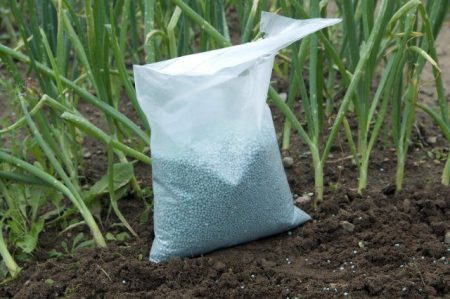
A simple composition is used for any type of soil when growing, both seedlings and seeds.But it has a weak effect on acidic soils, for this it is necessary to first neutralize the pH of the soil.
Double superphosphate is added to the soil immediately before planting using a grain seeder or by manual scattering, since it is necessary to achieve maximum approximation in the root system of the culture. It can be used in combination with nitrogen-potassium and potassium compounds. They are used either in spring or in autumn.
You can apply fertilizer in several ways that are already known, which are listed below:
- Adding to the compost heap.
- When planting, add either to the wells or to the rows.
- Application during spring or autumn digging of the soil.
- Scattering over the surface of the site.
- Preparation of mortar and watering the soil.
For seedlings
Often young plants have a low percentage of phosphorus, and require its high content. Early seedlings that undergo hardening procedures, or are planted early in open ground, usually have a low phosphorus content. In order to replenish the percentage of phosphorus, it is necessary to fertilize seedlings. In greenhouses, monophosphate is used at the rate of 100 grams per square meter, and they are added when digging or loosening. When growing seedlings at home, it is necessary to create a concentrate based on 20 grams of fertilizer 3 liters of water. After this, the concentrate is brought an additional 10 liters of water. Water one young plant with 30-50 grams of this composition.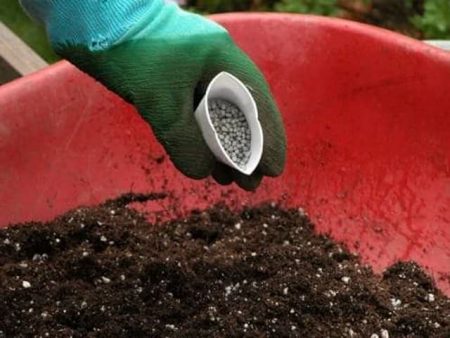
For vegetables
Fertilizing Tomatoes
Superphosphates for fertilizing tomatoes should be applied approximately twice during the entire growing season: directly during planting, as well as during flowering. When planting under each plant, you need to add 20 g of feed and mix with the top layer of the earth. During flowering, this amount of fertilizer is applied by loosening, or 0.5 l of the solution is watered. Such top dressing will positively affect the formation of fruits, as well as improve the taste of the vegetable.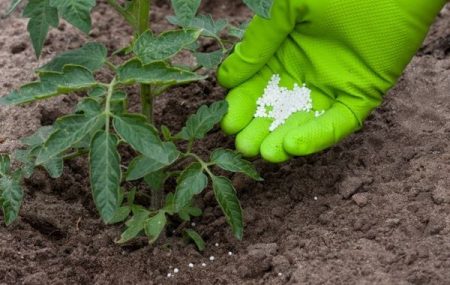
Potato dressing
When growing potatoes, it is necessary to feed plants with superphosphate, because potatoes, like tomatoes, need a high phosphorus content. Fertilizing must be done either by a continuous method when digging 20 grams per square meter, or by laying about 5 granules in each well during planting.
Feeding cucumbers
When growing cucumbers, it is also necessary to observe the moment that they need an increased content of phosphorus in the soil. For the entire season of vegetative growth, cucumbers need to be fed about 4 times. But superphosphate is used only in the first and second feeding, but not in the third and fourth. For the first feeding, it is necessary to take 60 grams of superphosphate per 10 liters of water, and about 400 ml of this mixture must be poured under each plant. And the second top dressing is more complicated. For 10 liters of water you will need to take 40 grams of superphosphate and about 20 grams of ammonia and potassium nitrate.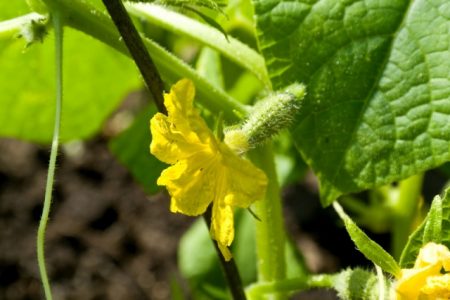
Garlic dressing
For this crop, phosphorus-based fertilizers must be applied about half a month before planting. An advantage will be the selection of neutral alkaline soils. The best nutrition for garlic will be a combination of superphosphate and potash fertilizers. For 10 liters of humus, you need to take 20 grams of superphosphate, and 30 grams of potassium sulfate, and add about 500 mg of ash.
Often, the required amount for fertilizing is indicated on the packaging of the goods. But still, one important rule must be remembered: superphosphate should never be mixed with ammonium nitrate, chalk, lime, and urea.Such substrates are acids, therefore, with the simultaneous use of superphosphate and these substrates, soil acidification will occur on the contrary. It is not necessary to dig this fertilizer with the soil. It can also be simply scattered on the soil of your site, subject to the exact dosage. To fertilize the soil with superphosphates in spring and autumn, it is necessary to apply approximately the same amount of fertilizing, about 50 grams per square meter. If your soil has been depleted or is poor in origin, the dosage should be increased to about 100 grams per square meter. If you use the product to add to the compost heap, then you need to use 100 grams of the product per 100 kg of organics. For planting tubers or seedlings, it is necessary to throw about 3 grams of fertilizer into the hole (this is slightly less than a teaspoon), and for planting bushes - 20 grams. If used in rows for planting, then you need to take about 20 grams per square meter. For vegetables such as beets, potatoes, this fertilizer must be applied together with nitrogen or potash fertilizers.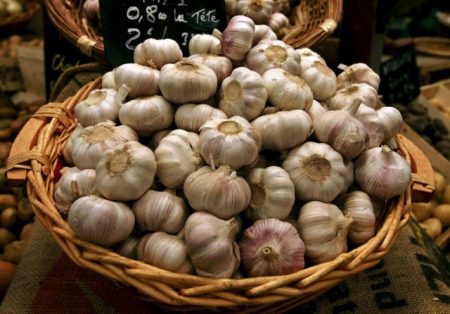
Below are the average doses of simple superphosphate for the most popular and frequently planted crops:
- Under fruit trees, when planting them in the spring, you need to add about 500 grams per tree to the planting hole.
- When planting raspberry bushes, it is necessary to wear about 90 grams per hole.
- For bushes such as currants and gooseberries, you need to make about 30 grams per square meter.
- Under conifers, you need to add about 70 grams of agrochemical under each hole.
- For potatoes, about 3 grams per plant is added to the hole.
- When sowing vegetable seedlings or root crops such as carrots, beets and radishes, approximately 30 grams per square meter is used.
- About 50 grams per square meter is used for planting greenhouse plants, but also with the addition of potassium and nitrogen fertilizers.
Many of you may wonder, “What soil are these products used for?” This issue leads to a stupor of each consumer, since the soil of your site may be different in composition. Superphosphates are used in neutral alkaline soils. On acidic soil, phosphorus oxide will react, resulting in the formation of iron or aluminum phosphate. That is why it is necessary to neutralize the pH of the soil before use. This is done in the usual way using wood ash or slaked lime. When using wood ash, it must be taken at the rate of 200 grams per square meter. And when using slaked lime, you need to take it at the rate of 500 grams per square meter. Neutralization of soil pH should be carried out approximately one month before the use of superphosphate. 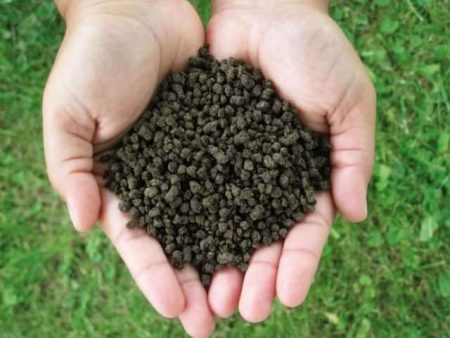 Fertilizer efficiency can be improved by using techniques that reduce the chemical absorption of phosphoric acid by the earth. These methods are the use of a granular form of fertilizer, row application, or local application. By the force of energy with which phosphoric acid is absorbed by the soil, all soils can be arranged in the sequence indicated below: red soils, podzolic soils, chernozems, serozems.
Fertilizer efficiency can be improved by using techniques that reduce the chemical absorption of phosphoric acid by the earth. These methods are the use of a granular form of fertilizer, row application, or local application. By the force of energy with which phosphoric acid is absorbed by the soil, all soils can be arranged in the sequence indicated below: red soils, podzolic soils, chernozems, serozems.
Since phosphorus is very poorly soluble in water, and when dissolved, it gets much better into the root system of the plant, an extract from superphosphate was invented. To transfer phosphorus to a different state of aggregation, it is necessary to maintain a high temperature. For this, it must be poured with boiling water. At the same time, the fertilizer will be able to maintain its qualities and go into a dispersed form, which is easily absorbed by plants. Next, the container in which you prepared this mixture must be kept warm. The solution should be prepared in a proportion of 20 tablespoons of fertilizer 3 liters of water. In this case, you will get the main working solution.Then 150 grams of the working solution are mixed with 10 liters of water, 0.5 liters of ash, 20 grams of nitrogen fertilizer. Do not try to bring this suspension into a completely liquid state, you will not succeed. You can achieve grinding granules to fine particles, but still do not wait for complete dissolution. The solution looks approximately like thick and fat milk. It is necessary to use this fertilizer in early spring, when there is an active growth of plant crops. Gradually, all trace elements penetrate the soil and act in it for several months. That is why cooking hoods will help you create the perfect fertilizer for agricultural crops.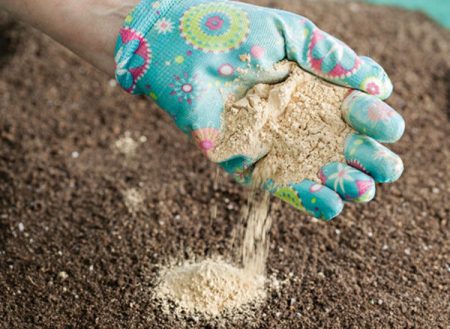
Also another way to obtain extracts from superphosphate is the use of live bio-bacteria. To achieve this, the agrochemical must be composted with various solutions of phytosporins. After obtaining this mixture, it must be diluted in water at room temperature, and maintained for about one day, gradually stirring. But this method has one drawback - this is the time it takes to get the solution. This period is approximately a week, and sometimes more.
Reviews
Katya Volgograd
“Today I tried to make an extract from superphosphate myself. It seems like it happened. But I can’t judge for myself on the first day. I can say one thing, this is the most detailed description that I have seen on the Internet. Of course, it might seem very detailed to someone, but that’s how you can understand a completely definite question. ”
Andrey, Valki
“So the potato superphosphate solution is working. I am a researcher and part-time gardener. I decided to try superphosphate for the side of the potato and at the same time measure the level of natural substances in the soil. It is not strange, but it works! It would seem a simple recipe, but effective! I recommend to everyone!"

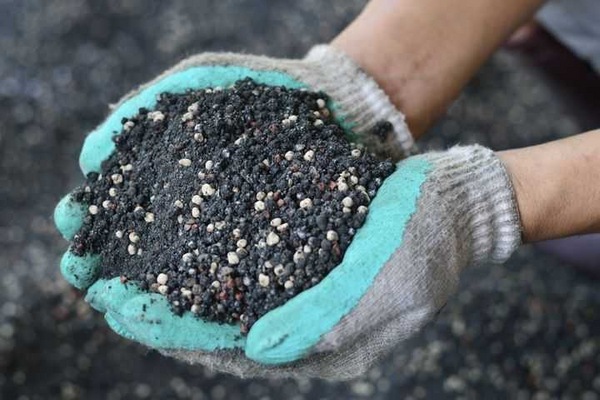
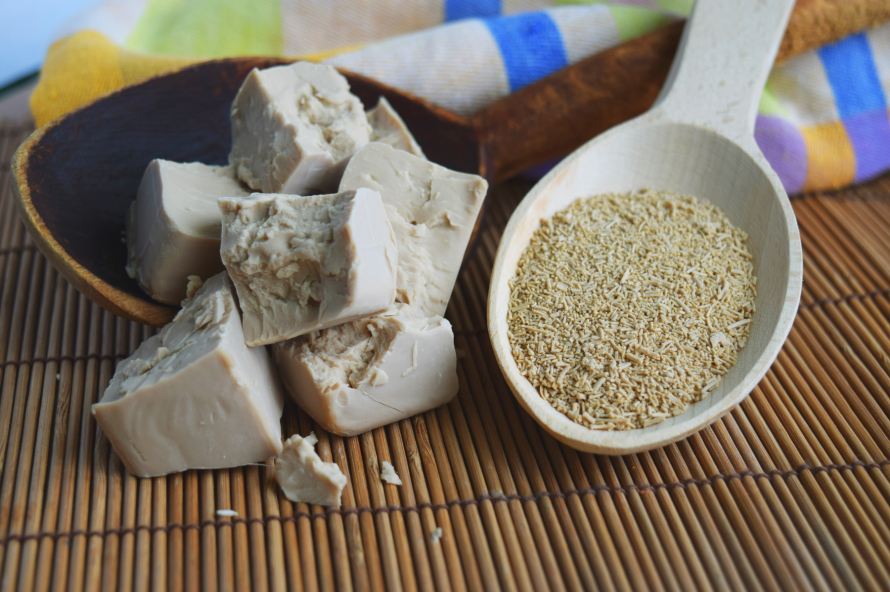
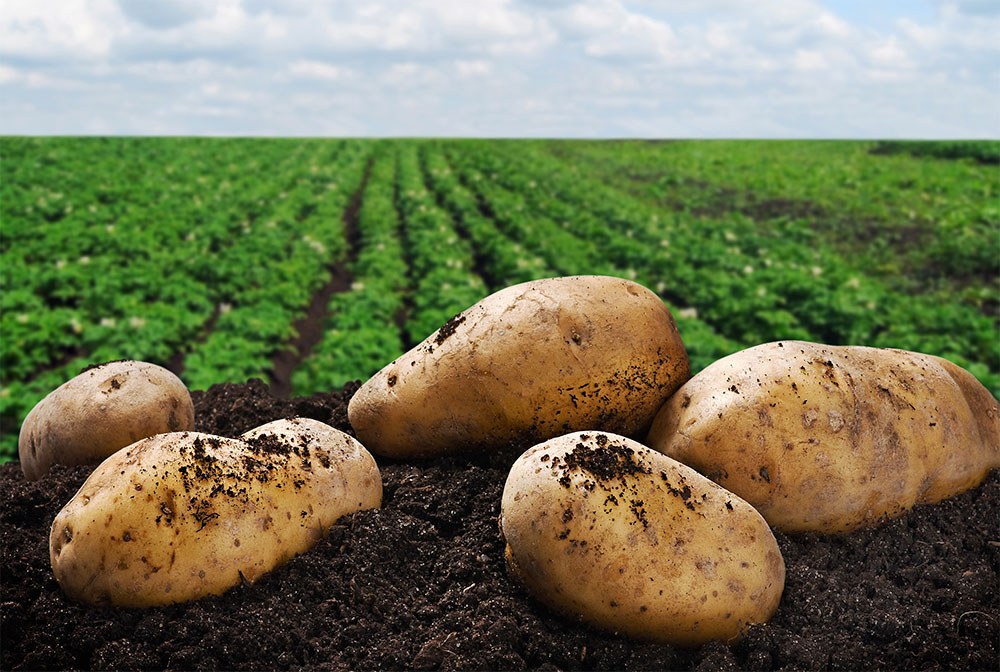
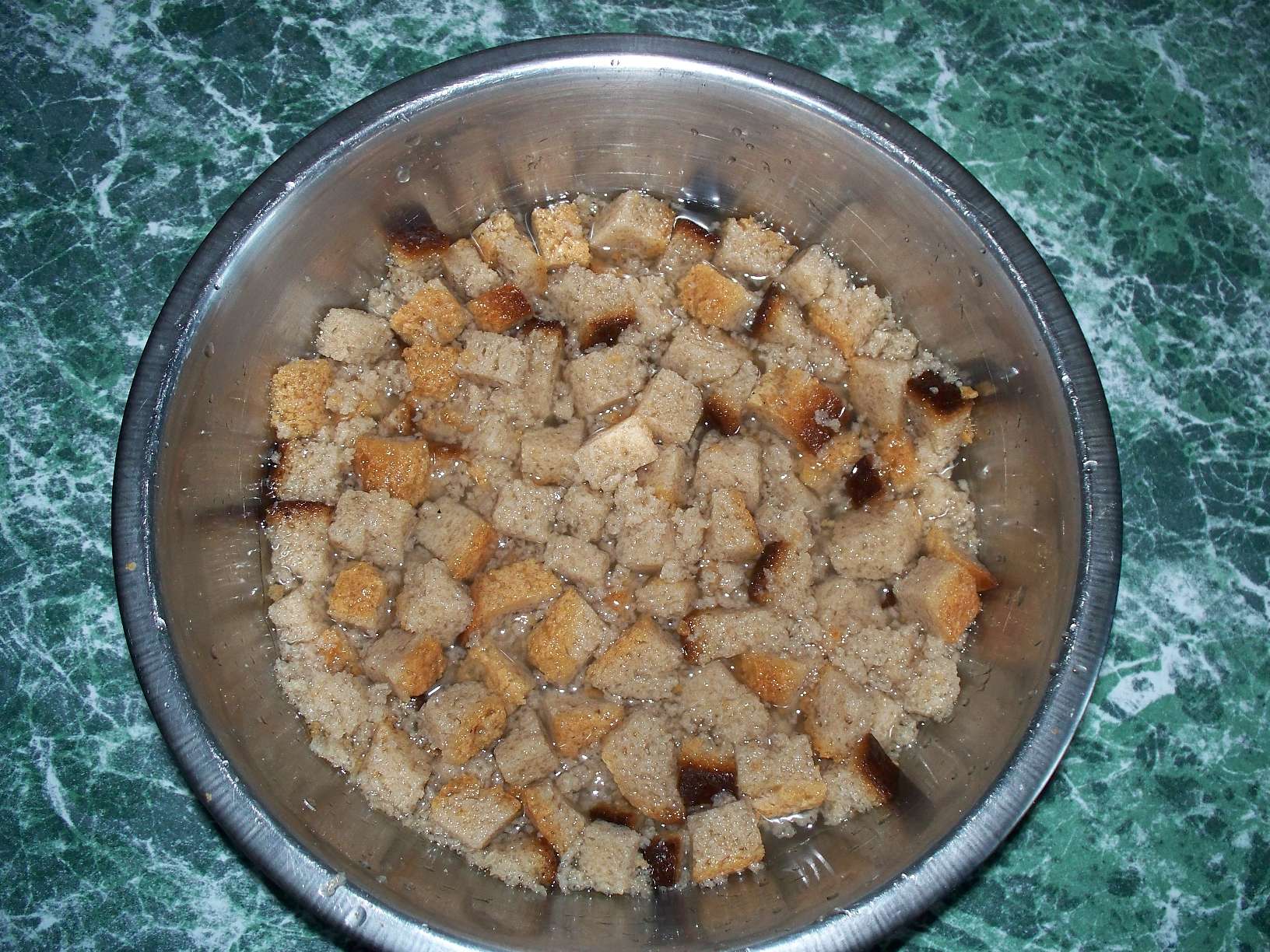 How to make bread infusion for feeding cucumbers
How to make bread infusion for feeding cucumbers Superphosphate: what is it and how to apply it
Superphosphate: what is it and how to apply it What problems can be expected from siderats?
What problems can be expected from siderats? Secrets of the collection, storage and use of eggshells in the garden
Secrets of the collection, storage and use of eggshells in the garden